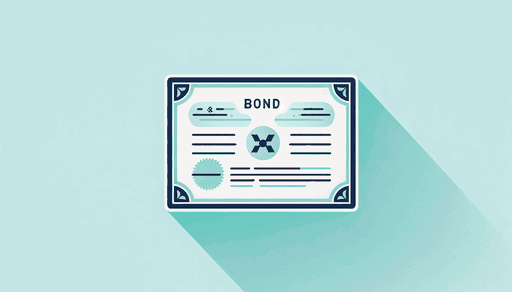What is a bond?
Learn about bonds, their types, benefits, and role in investment strategies for building and maintaining wealth.

Bonds are debt securities that function as a way for corporations, municipalities, and governments to raise capital. By purchasing a bond, an investor lends money to the issuer in exchange for periodic interest payments and the return of the bond’s face value at its maturity. This makes bonds a cornerstone in both public financing and personal investment portfolios.
What is a Bond?
A bond represents a formal agreement between the bond issuer and the investor, where the issuer is obligated to pay back the principal amount of the loan at a specified date and make interest payments at fixed intervals. This predictable financial structure makes bonds a favored choice for income-seeking investors.
Types and Features of Bonds
Bonds come in various forms, each with unique characteristics tailored to different funding needs and investor preferences:
- Corporate Bonds are issued by companies looking to fund new projects, operations, or expansions without diluting equity.
- Municipal Bonds are issued by states or localities to fund public infrastructure projects and services.
- Government Bonds, including treasuries, are considered safe-haven assets issued by national governments.
- Treasury Bonds specifically are long-term government securities that carry maturity periods typically ranging from ten to thirty years.
Each bond has a face value, which is the amount the issuer agrees to repay the bondholder at maturity. The coupon rate, or interest payment, is usually fixed and paid at regular intervals until the bond matures.
Advantages and Considerations of Investing in Bonds
Benefits
- Income Generation: Bonds provide a steady stream of income through regular interest payments.
- Risk Diversification: Adding bonds to an investment portfolio can reduce overall risk and volatility.
- Capital Preservation: Bonds tend to be less risky than stocks, appealing to conservative investors focused on preserving capital.
Challenges
- Interest Rate Sensitivity: Bonds have an inverse relationship with interest rates; as rates rise, bond prices typically decline.
- Credit Risk: There is a risk that an issuer might fail to make payments as agreed, which varies significantly across different types of bonds.
- Inflation Impact: Fixed income from bonds can be eroded by inflation, particularly during periods of rising prices.
Integrating Bonds into a Financial Strategy
Bonds can play a significant role in enhancing the balance and stability of an investment portfolio. They often appeal to individuals looking for a steady income stream from their investments, as well as to those nearing retirement who may be focused on preserving their capital. Additionally, younger investors might include bonds as part of a diversified portfolio strategy to mitigate risk while gaining exposure to different asset classes.
Understanding your own financial goals, risk tolerance, and investment timeline is crucial to determining how bonds might fit into your broader financial plan. Whether aiming for steady income, risk reduction, or portfolio diversification, bonds offer a reliable and strategic component for investors.
Bonds play a critical role in both public finance and private investment strategies, offering a reliable source of income and an effective tool for managing investment risk.